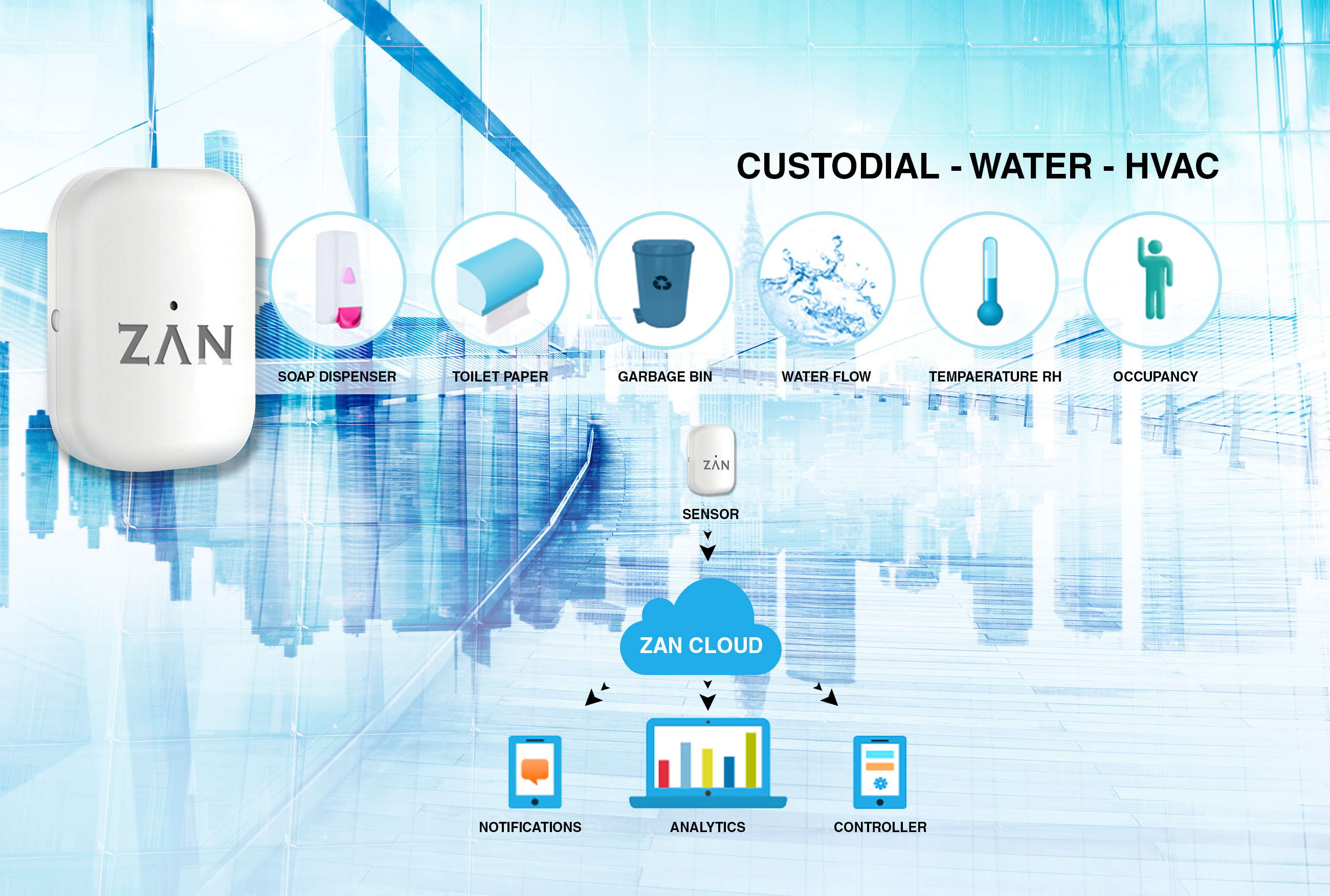Will the smart buildings be aware of what is going on with the occupants, should it? For example, should it know, what they are doing, what their preferences are?
Contextual and Situational awareness are key technical pillars of a smart building. Situational awareness is more about the perception and understanding of environmental elements, both internal and external to the building. While it is not phrased as “situational awareness”, most of the smart building solutions today include aspects of situational awareness, they are mostly targeted solutions within silos like lighting, HVAC, security etc. While there is long way to go, the existing solutions have made progress towards “situational awareness”. However, the emphasis on engaging the building occupants (beyond facility professionals) has been minimal to nonexistent.
Context awareness by definition is the state of the user (occupants of a building), like, where they are, what they are doing, and what they are interacting with etc. Given that the objectives of a smart building includes occupant comfort, efficient operation, resource optimization (energy, water) etc, then engaging the occupants becomes critical and an effective strategy. It allows the building system to react in a more meaningful manner, in-situ, and maximize its chances of effectively achieving its objectives.
Let’s take a simple and well established example of how lighting works. There are occupancy sensors that detects movement and switches the light ON, the system times out after a few minutes and switches the lights OFF. This action remains the same in all situations, be it an occupant walking past that area, or actively working in that space. Let’s see how context awareness helps. If the system understands the activity of the occupant, it can adjust the timeout automatically when he is just passing by, more interestingly it can optimize the amount of lighting based on activity. It can go even further if it understands the occupants lighting preference and adjust accordingly. This can expand to other building automation areas as well.
Wait … we are not done. There is still one pillar where the building starts interacting to the users, providing them feedback, even condemning resource wastage. I am going to leave those musings to the next blog.
Zan Compute (Smart Solution for Smarter Facilities) www.zancompute.com

